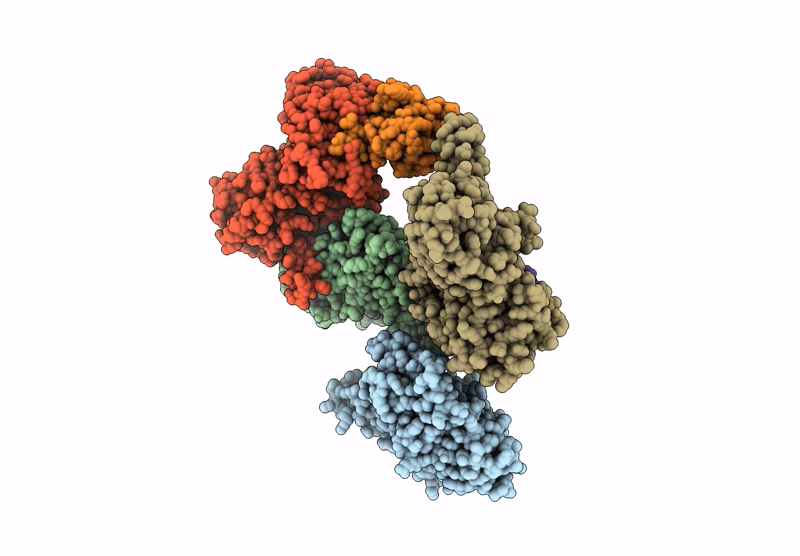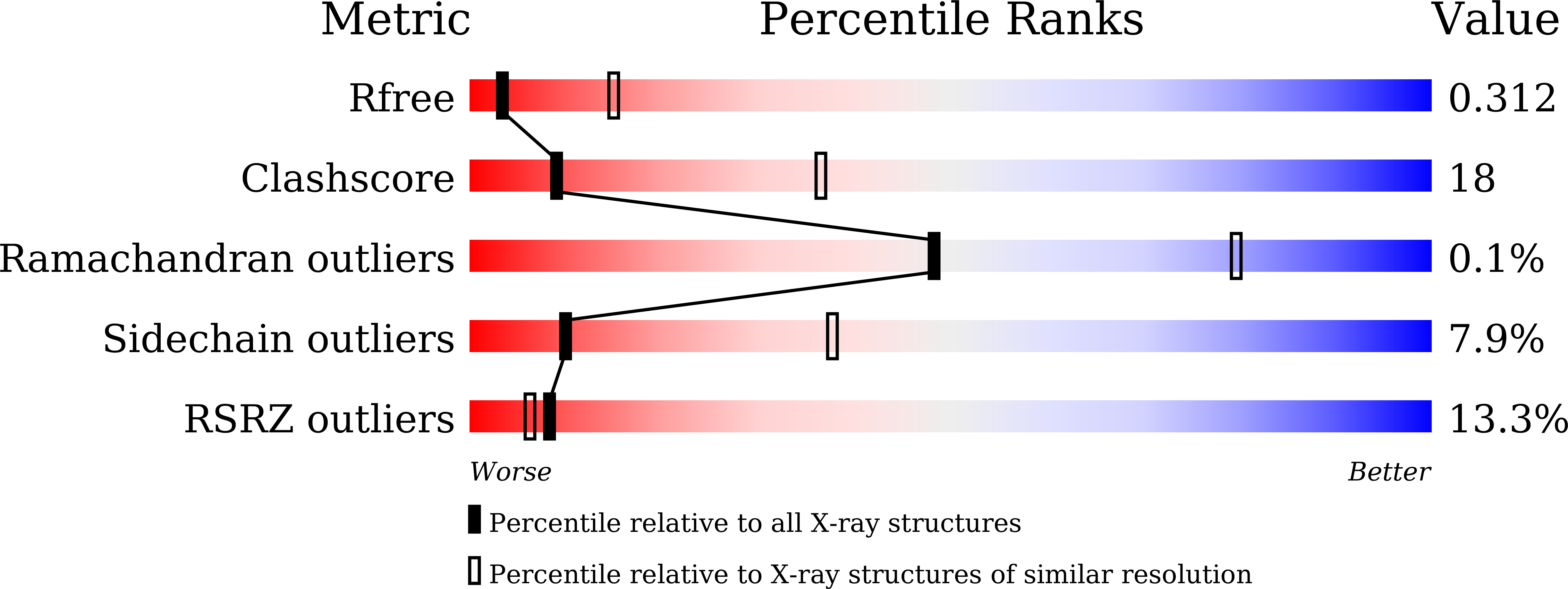
Deposition Date
2023-07-25
Release Date
2025-01-29
Last Version Date
2025-08-13
Entry Detail
Biological Source:
Source Organism:
Legionella (Taxon ID: 445)
Homo sapiens (Taxon ID: 9606)
Oryctolagus cuniculus (Taxon ID: 9986)
Homo sapiens (Taxon ID: 9606)
Oryctolagus cuniculus (Taxon ID: 9986)
Host Organism:
Method Details:
Experimental Method:
Resolution:
3.19 Å
R-Value Free:
0.31
R-Value Work:
0.29
R-Value Observed:
0.29
Space Group:
P 2 21 21


